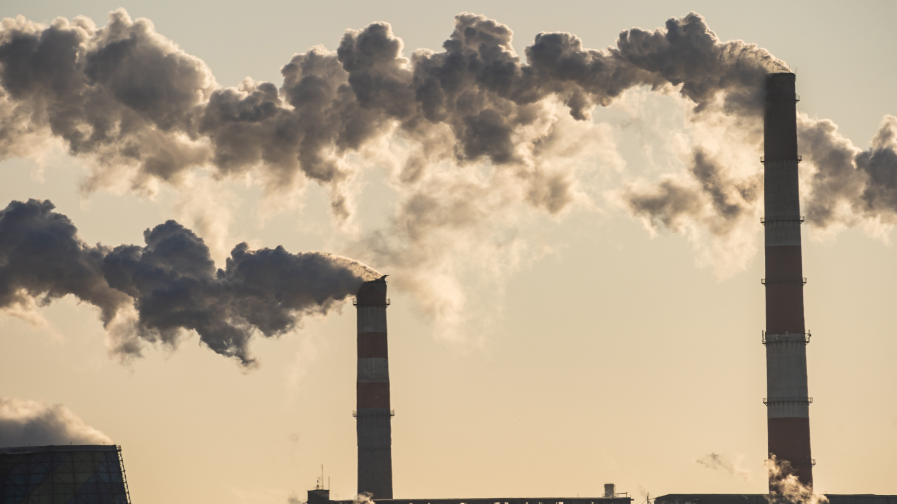
The Trump administration is relaxing Obama-era requirements stemming toxic heavy metal pollution from coal-fired power plants.
Under the Environmental Protection Agency rule unveiled Monday, electricity companies would have more time and flexibility to treat power plant wastewater that contains mercury, arsenic and other toxic heavy metals. Older coal power plants that are shutting down or switching to natural gas by 2028 will also be exempted from the requirements altogether.
It’s the latest act by the Trump administration to bolster the U.S. coal industry, which has flagged as power companies embrace cheaper and cleaner alternatives, from natural gas to wind. A coalition of utilities and industry trade groups, including the Edison Electric Institute, which represents Southern Company, Duke Energy Corp., and Xcel Energy Inc., had lobbied for the relief.
“The revisions provide environmental protections in a technologically and economically achievable manner,” said Quin Shea, the institute’s vice president.
The measure targets pollution unleashed when power companies clean up coal-fired plants, including sulfur dioxide captured by emissions-control equipment inside smokestacks. Plant operators also often rely on water to flush toxic coal ash from the bottom of furnaces. For more than a decade, environmentalists have warned the practice imperils American waterways.
The EPA estimates its changes would still stem a million extra pounds of pollution each year, building on 1.4 billion pounds the earlier Obama administration requirements promised to keep out of waterways. However, electric companies stand to save at least $127 million in compliance costs under the new rule.
The measure gives plant operators flexibility in adopting newer, faster-acting treatment methods the EPA says are more affordable and just as good at paring pollution as technology dictated by the earlier regulation.
The requirements will be phased in over an eight-year period for plants that either stop burning coal by 2028 or voluntarily adopt more stringent standards for individual compounds. Power plants that close or transition from coal by 2028 may be able to handle the waste by disposing of it in unlined pools.
Donald Bluedorn II, an attorney with Babst Calland in Pittsburgh, called the new rule “a step in the right direction because it gives companies the flexibility to comply and the time to plan engineering on the business side.”
The earlier 2015 measure compelled power companies to stop using water in favor of dry-handling methods for coal ash — an approach industry groups called too stringent and said would force more plant closures.
By the EPA’s own estimates, discharges from steam-based power plants, many using coal, are the nation’s third-largest source of toxic wastewater, occurring near more than 1,500 public wells and where roughly 100 public drinking water utilities pull water for treatment.. Coal plant wastewater can contain heavy metals, including arsenic, a neurotoxin that can cause cancer and impair the brains of developing children.
Environmentalists who already battled the 2015 mandates as too lax pledged another court fight over the Trump administration’s rewrite. They widely condemned the action Monday, with the Sierra Club saying Trump’s EPA was “putting the interests of polluters before the health and safety of the public.” And Thomas Cmar, a lawyer with Earthjustice said the group “and its clients will certainly be challenging this rule.”
The new Trump regulation ignores a federal appeals court ruling last year ordering the EPA to establish requirements for managing coal ash-laden wastewater that power plants generated until 2018. The Obama administration omitted those requirements in 2015, and the EPA says it plans to address the issue in a separate rulemaking.
The EPA is also leaving some decisions to state authorities. For instance, though the agency would allow power plants to discharge some wastewater from furnace bottoms — a change from the 2015 rule’s prohibition — state regulators will decide what volumes can be be released.
The EPA also isn’t imposing broad limits on the release of bromides that cause carcinogenic byproducts to form when water is later disinfected for drinking. Though water utilities had asked the EPA to regulate bromide discharges, the agency says the issue is best handled locally.
(By Jennifer A. Dlouhy and Amena Saiyid)
Comments